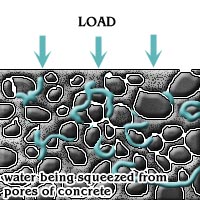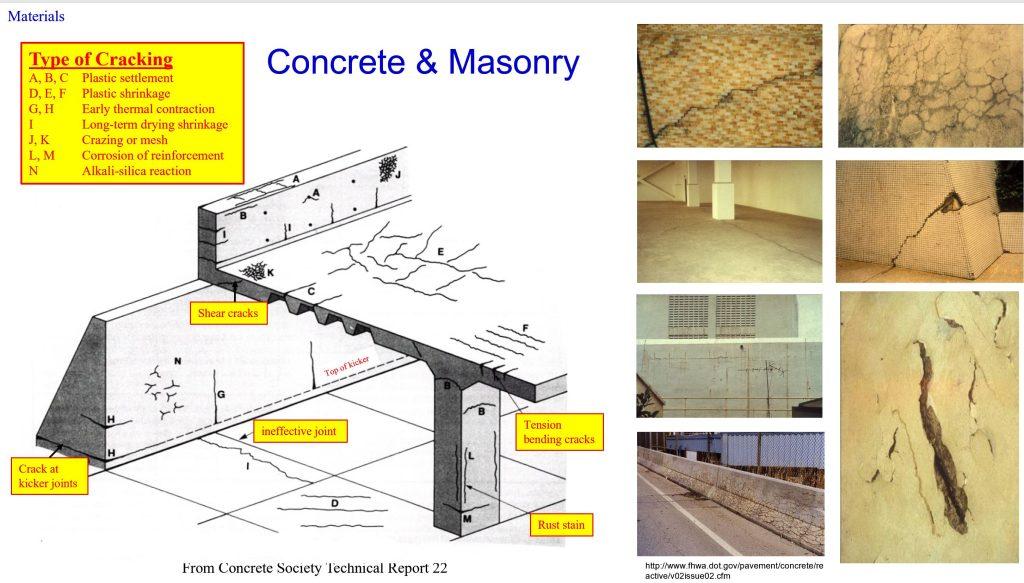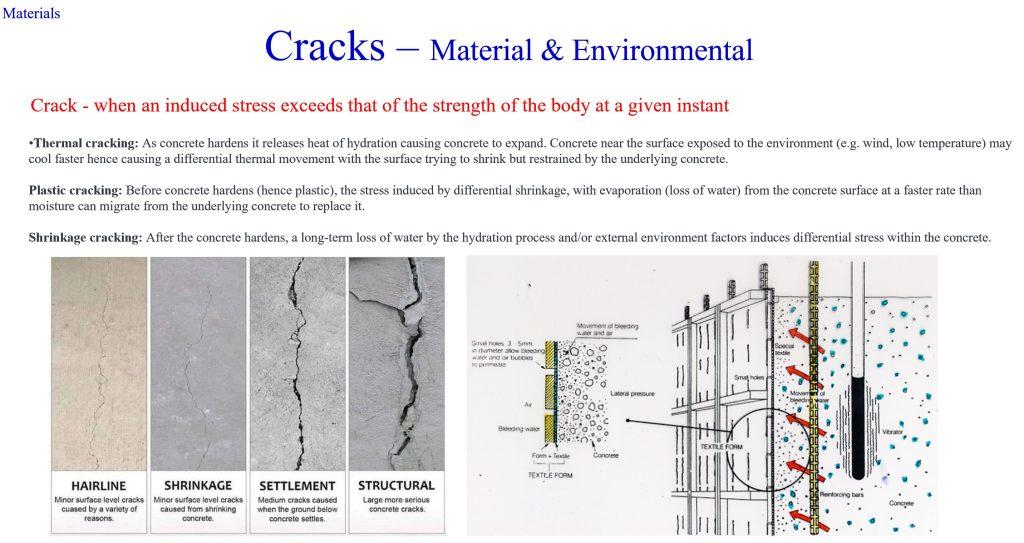Case 1
- Introduction
- Causes of Defects
- Good Practices
- Standards
- Maintenance and Diagnostics
- Remedial
- Similar Cases
- References
Cause of Defects
The cracking of concrete wall is probably caused by one of the following factors or the combination of several factors:
- Differential structural movement; such as the joint between column and wall
- Differential settlement of foundation;
- Structural deficiency;
- Drying shrinkage of cementitious materials;
- Volumetric changes;
- Direct stress;
- Flexural stress;
- Thermal shock caused by heat gain and sudden cooling from rain.


During the curing process, concrete exhibits some irreversible shrinkage which must be accommodated within the construction joints (Figure 1a and b). The extent of the shrinkage is dependent upon the restraining effect of the aggregate and is generally larger when smaller or lightweight aggregates are used. High-aggregate-content mixes with low workability tend to have small drying shrinkage.
The reversible moisture movement for cured concrete is typically 2-6×10°C, depending upon the aggregate.
Creep

Creep is caused by water being squeezed out from the pores of concrete owing to the sustained load of concrete itself [5]. The extent of creep is largely dependent upon the modulus of elasticity of the aggregate. Thus an aggregate with a high modulus of elasticity offers a high restraint to creep. The extent of creep may be several times that of the same applied load. Where rigid cladding is applied to a concrete-frame building, compression joints at each storey must be sufficiently wide to take up any deformation due to creep in addition to normal cyclical movements (Figure 2).


Click “Concrete Cracking” for more details.